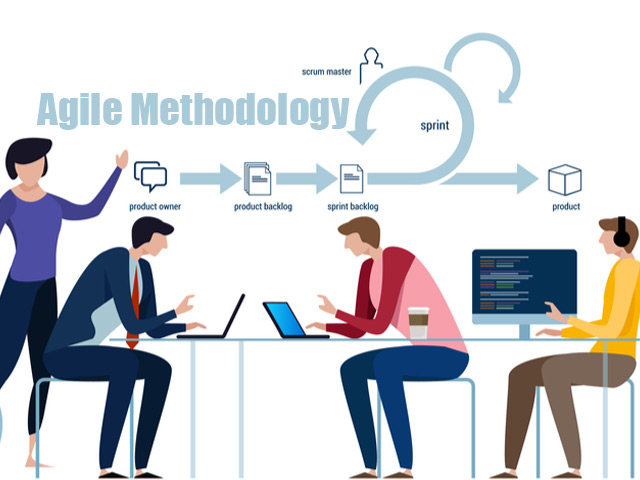
Macrosoft as an organization is committed to Agile Methodology in all our development projects. Our migration team members are Agile-enabled, organized and committed to make the transformation easy for your organization. Agile methodology is applied to all types of migration, conversion, and customization projects.
Agile empowers the overall migration approach to be streamlined to improve efficiency. The deliverables are broken down into incremental development activities or sprints. Each sprint has a defined set of business objectives, stakeholder accountability, and deliverables.
We start off with an initial discussion session with a Q&A session to address your concerns, access database to SQL, and scope out the migration to SQL server. Our expert team advises you on technology choices, conversion strategies and methodology to best suit your needs.
The analysis phase kicks off with our team analyzing the legacy application utilizing the proprietary tools to identify conversion functions required and generate specification documentation. The legacy application is analyzed in detail to generate a complete picture and define a project plan. The migration strategy is selected based on the nature of the project.
The project manager works with your team to define milestones and deliverables and makes sure that critical items are addressed first. A weekly meeting is scheduled to keep track of the sprint plan and brief you on the progress. This approach allows you to innovate, come up with enhancements to your system and build trust. Our expert team of developers write the code for the new application or in some cases employee the use of automated code generator tools to speed up the process.
Macrosoft’s Migration QA team works hand in hand with developers at each step to ensure application is free of defects. Our QA engineers execute unit, functional and manual testing on the new modules as well as writing test cases for client UAT. We use tools like Jira to track and manage application issues and defects and to ensure a stable release. At the end of each sprint, a sprint review meeting is conducted with the client and a build is released to the UAT server.
During the UAT, client team tests the application according to the test cases and provides acceptance. Any issues or bugs identified during this phase are fixed and patches are released periodically until code freeze and handovers. Depending on the project model, our developers train and support client teams during UAT and beyond. In some cases, client teams engage FTEs to manage their application on an ongoing basis.
Once a new application is handed over, the client faces the challenge of on-boarding their workforce onto the new system. Our training and documentation team supports clients to fulfill their training needs with several training options available in print, wiki, CBT or video formats. We provide technical training for developers, operational training and job aids for end users and build training capability within the organization by engaging in a train-the-trainer format.
Creating automated test cases in VFP conversion projects is an important factor that should not be o ...
The time really has come to virtualize your VFP application. We are not talking about migration or conversion or bringing ...
Modernizing legacy systems is no longer optional—it is essential for businesses striving to maintain competitiveness, improve efficiency, and meet evolving ...
Migrating from AngularJS to modern Angular frameworks is no longer a luxury—it’s a business imperative. In today’s fast-evolving digital environment, ...